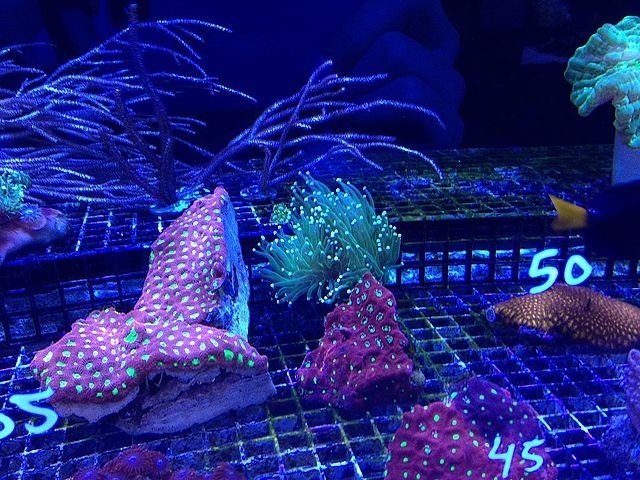Charleston, USA.- Marine benthic microalgae (BMA) constitute a “secret garden,” largely unseen yet important primary producers in coastal ecosystems. Several theoretical and practical reasons suggest that BMA also could be useful bioindicators. An ideal indicator would be associated with a given habitat due to local physical conditions or biotic interactions (i.e., ‘environmental filtering’), not due to spatial factors such as dispersal limitation. Due to their small size, immense abundances, and reliance on passive dispersal, the popular notion about micro-organisms is that ‘Everything is everywhere, but, the environment selects’ (Baas-Becking 1934).
Although much recent research concerning planktonic bacteria and dispersal limitation has been conducted, little in this regard is known about microeukaryotes, especially benthic microbes. Dr. Plante reports here on a biogeographic study conducted to identify and compare spatial and environmental influences on benthic diatom community structure. Sediment was sampled at various spatial scales from four barrier island beaches in South Carolina, and numerous environmental variables were measured in corresponding sediments and seawater. BMA communities were characterized using high-throughput DNA sequencing in order to test whether communities were distinct on the four islands. Community dissimilarity was compared to both spatial distance and environmental differences to determine potential influences of these variables on community structure. Not surprisingly, spatial scale was found to influence dispersal limitation.
On the other hand, several unexpected environmental factors appeared to influence community structure. Additional research, including experimental field manipulations of implicated environmental factors (temperature, nutrients), is needed to support these correlative results. Dr. Plante also describes a separate study in which his lab employed BMA as simple indicators of disturbance and recovery after a beach renourishment. They followed BMA biomass, diversity, and community structure, in addition to granulometric properties and erosion rates, after the 2014 Folly Beach renourishment. Communities of control and renourished sites did diverge post-nourishment, and took a surprisingly long time to recover. Dramatic changes to beach morphology as a result of renourishment appeared to account for the patterns of BMA recovery.
Source: College of Charleston
Editor at the digital magazine AquaHoy. He holds a degree in Aquaculture Biology from the National University of Santa (UNS) and a Master’s degree in Science and Innovation Management from the Polytechnic University of Valencia, with postgraduate diplomas in Business Innovation and Innovation Management. He possesses extensive experience in the aquaculture and fisheries sector, having led the Fisheries Innovation Unit of the National Program for Innovation in Fisheries and Aquaculture (PNIPA). He has served as a senior consultant in technology watch, an innovation project formulator and advisor, and a lecturer at UNS. He is a member of the Peruvian College of Biologists and was recognized by the World Aquaculture Society (WAS) in 2016 for his contribution to aquaculture.




